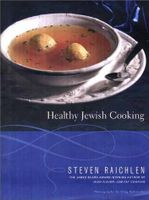Advertisement
Preparation info
- Serves
8
- Difficulty
Medium
- Ready in
1 hr 50
Appears in
Published 2000
Lamb has deep religious significance for Jews—particularly for the Jews of North Africa and the Middle and Near East. Being a spring food, lamb is the traditional fare of Passover. Lamb blood marked the doorways of the Israelites when the Angel of Death flew over to slay the firstborn sons of Egypt—an event commemorated by the lamb shank bone that appears on the Seder plate. A tagine is a lamb stew from North Africa—named for the conical earthenware dish in which it’s traditionally cooked.


